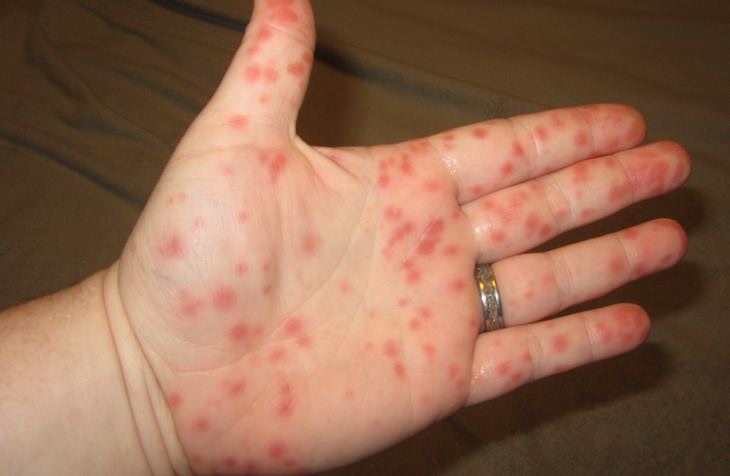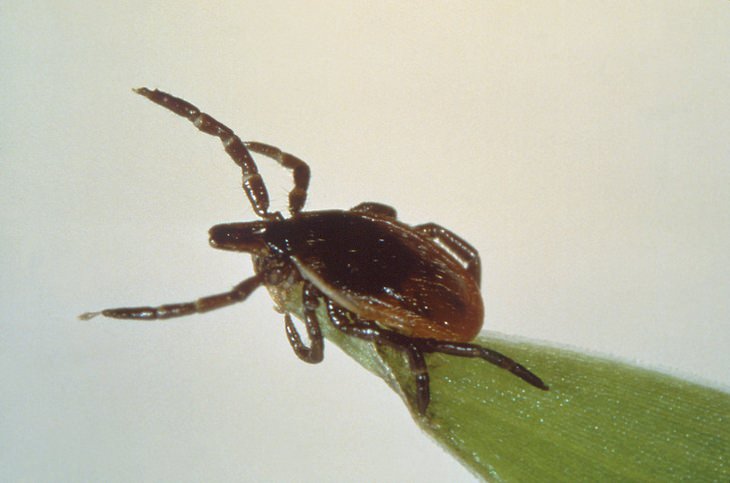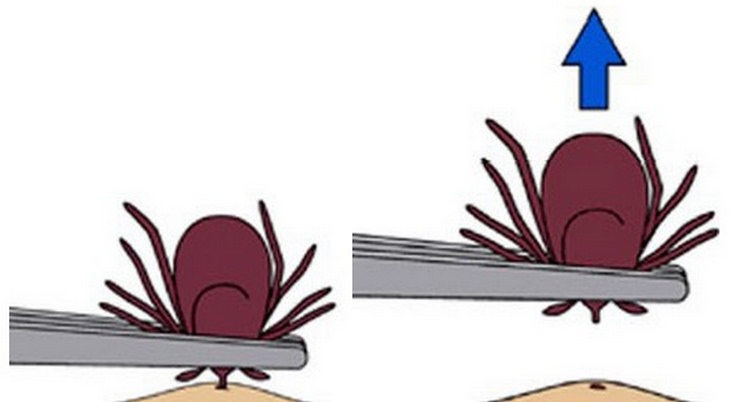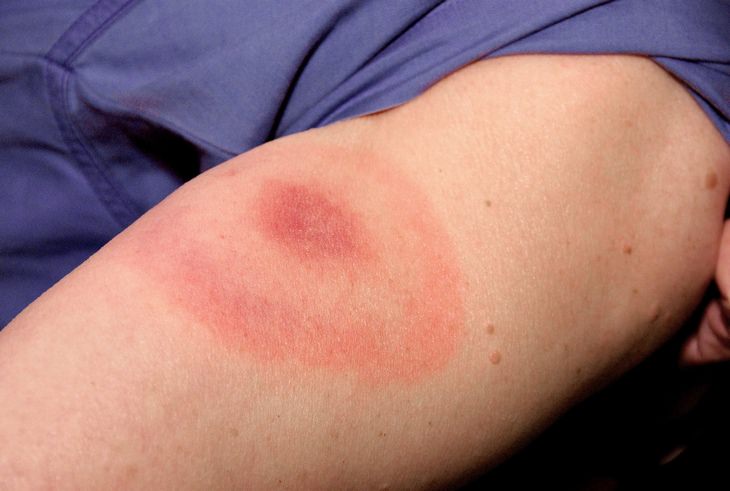The Most Common Summertime Health Complications
If
we were to talk about seasons when you’re more prone to fall ill, the
first one that comes to mind is winter, but the truth is different
diseases thrive in different conditions, and summer has its own nasty
repertoire of illnesses that are more prevalent when the temperatures
rise. Here are seven you need to be on the lookout for:





1. Asthma
For
the asthmatic, summer is the worst. Increased air pollution, pollen,
and mold can cause frequent asthma attacks. The safest bet for people
suffering from asthma is to keep a close eye on air quality levels using
weather apps and websites and stay indoors in days when pollutant and
allergen levels in the air are high.
2. Swimmer’s Ear
There
is no better refuge from the sweltering heat of summer than in a
swimming pool, but not taking care to drain the water out of your ear
canal after a swim creates the perfect habitat for bacteria. The
resulting infection, commonly known as swimmer’s ear, is painful and can
cause reduced hearing.
To
avoid swimmer’s ear, make sure to drain the water from your ear canals
after swimming or showering by dipping your head to both sides and
pulling on your ear lobe gently to help the water out. And whatever you
do, do not insert cotton swabs in your ear. Ear wax protects you exactly
from these types of infections and foreign objects may only hasten
swimmer’s ear.
3. Coxsackievirus

This
viral infection is related to polio and is far more common during
summertime, and mainly infects children. It is transmitted through
saliva and feces and can cause painful mouth blisters, acute eye
inflammation and hand, foot and mouth disease (HFMD). It is also one of
the main causes of viral meningitis, which, while typically non-lethal
(as opposed to bacterial meningitis), can cause impaired cognitive
abilities and hearing loss if left untreated.
4. Hyperthermia
Hyperthermia
is an umbrella term for medical conditions caused by the overheating of
the human body. Normally, humans have an internal heat-regulating
system, but a combination of age, extreme weather conditions, physical
exertion and loss of ability to cool down the body can cause the body to
overheat. For example, one of the body’s most effective ways to
regulate heat is through sweat, but high humidity in the air makes sweat
virtually ineffective.
Heat-stroke
is the most severe hyperthermia-related condition and can cause death
and permanent disability. One particular environment where heat strokes
are more common is inside cars that have been left out in the summer
sun.
5. Food Poisoning
The
heat and heavy humidity of summer may not be comfortable for us, but
they’re optimal for bacteria and mold, making food spoil much faster in
the summer. More than a mere inconvenience, the water loss caused by
nausea and diarrhea can cause dehydration and more problems for older
people. Keep food well refrigerated and don’t touch food that’s been
left out for an hour or more.
6. Poisonous Plants

The
sap of plants belonging to the Toxicodendron family (which includes
poison ivy, poison oak, and poison sumac) secretes an oil called
urushiol which about 85% of humans are generally allergic to, while 25%
of people are severely allergic to it. Skin contact with these plants
will cause a severe rash, swelling, blisters, and scarring. Since the
reaction is an allergic one, cortisone cream and antihistamines may help
with the symptoms, but see a doctor if you see pus-filled blisters, as
that may indicate an infection.
7. Lyme Disease

The
tick-borne Lyme is most common during summer, as people tend to spend
more time outdoors while having more areas of bare, unprotected skin.
Luckily, a bite alone does not transmit the disease, as it typically
takes more than a day of feeding for the infection to take place. Always
check for ticks when returning from outings in a grassy or
densely-vegetated area.
Removing the pest

Grasp
the tick with fine-tipped tweezers as close to the skin as possible and
pull it upwards with a steady hand. In case the tick is torn in the
process, with the mouth still attached to the skin, remove it separately
with clean tweezers. Place the tick in a plastic bag or sealed box. It
may be important to keep it, as not all ticks transmit Lyme disease, and
identifying the culprit may be important. After handling the tick,
clean the bite area with alcohol or soap.
Follow Up

If
you develop a rash at the site of the tick bite after removing the
tick, consult with a doctor. The rash may take weeks to manifest, so try
to remember the time and spot of the bite. Make sure to mention the
tick to the doctor. The rash is typically painless, does not itch, and
may grow in size, appearing like a “bull’s eye”. The rash doesn’t always
appear this way, and in 20% of cases, there won’t be a rash at all. If
no rash is present, be on the lookout for other symptoms, such as fever,
fatigue and joint pain. If a knee begins to swell painlessly and
without connection to any physical activity, that too may be a telltale
sign of Lyme disease.
Early
identification and treatment is crucial, as it may save you from some
of the harsher, permanent symptoms of Lyme disease, including long-term
brain damage.
THIS IS ONLY FOR INFORMATION, ALWAYS CONSULT YOU PHYSICIAN BEFORE
HAVING ANY PARTICULAR FOOD/ MEDICATION/EXERCISE/OTHER REMEDIES.
PS-
THOSE INTERESTED IN
RECIPES ARE FREE TO VIEW MY BLOG-
https://gseasyrecipes.blogspot.com/
FOR INFO ABOUT KNEE
REPLACEMENT, YOU CAN VIEW MY BLOG-
https:// kneereplacement-stickclub.blogspot.com/
FOR
CROCHET DESIGNS
https://gscrochetdesigns.blogspot.com
Labels: asthma, coxsackievirus, food poisoning, hyperthermia, Lyme disease, poisonous plants, summer health complications, swimmer's ear, viral infections

0 Comments:
Post a Comment
<< Home